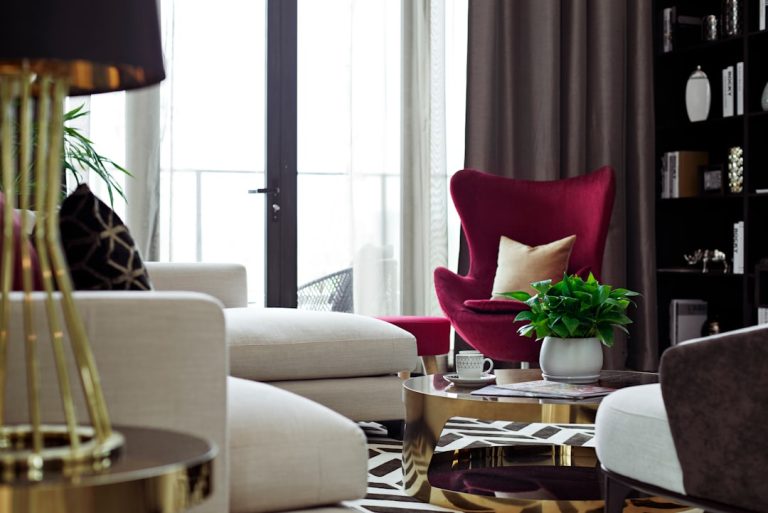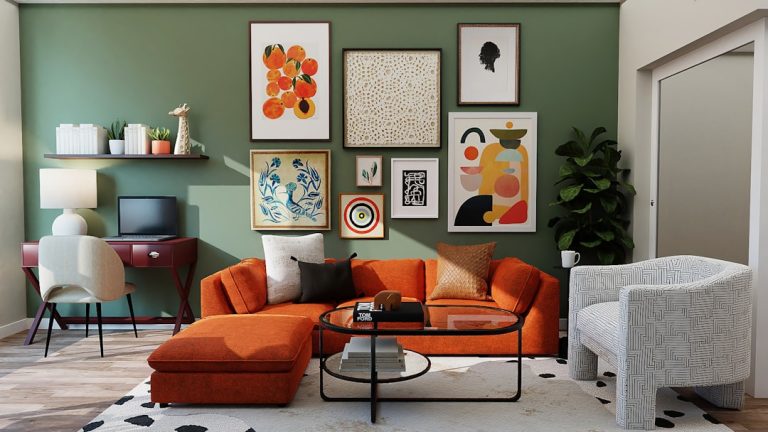Transforming Spaces: The Psychological Magic of Home Decor
Have you ever walked into a room and felt an immediate sense of calm, energy, or even nostalgia? This isn’t just your imagination; it’s the psychological impact of home decor. While it may seem like just an aesthetic endeavor, decorating your home has profound effects on your mood and mental well-being.
Let’s start with color. Color psychology suggests that different hues can affect your emotions and behaviors. For instance, blues and greens are known to promote tranquility and relaxation, making them ideal for bedrooms and bathrooms. On the other hand, reds and oranges can evoke excitement and passion, perfect for a lively kitchen or dining area. The key is to choose colors that align with the atmosphere you want to create in each room.
Beyond color, the arrangement and selection of furniture can also influence your mental state. A cluttered room with mismatched furniture can cause stress and anxiety, while a space that is organized and thoughtfully designed can promote peace and productivity. Consider using multi-functional furniture to reduce clutter, like a storage ottoman or a coffee table with built-in shelves. This not only helps in organizing but also enhances the aesthetic appeal of your home.
Moreover, incorporating elements of nature, such as plants and natural light, can significantly boost your mood and productivity. Plants not only purify the air but also add a touch of life and freshness to any space. Opt for easy-to-care-for varieties like succulents or snake plants if you’re not naturally green-thumbed. Additionally, maximizing natural light by using sheer curtains or strategically placing mirrors can create a sense of openness and positivity.
Textures and patterns also play a vital role in how we perceive our environments. Soft textures like plush rugs or velvet cushions can add warmth and comfort, while sleek, hard surfaces can convey a sense of modernity and efficiency. Mixing different textures and patterns can make a room feel dynamic and engaging, rather than flat and uninteresting.
Lastly, consider the personal touch. Your home should be a reflection of your personality and values. Displaying personal mementos, artwork, or family photos can create a sense of belonging and comfort. These elements remind us of cherished memories and loved ones, providing an emotional anchor in our daily lives.
In conclusion, home decor is not just about making a space look good; it’s about creating an environment that nurtures your mind and soul. By carefully selecting colors, furniture, and personal touches, you can transform your home into a sanctuary that supports your mental health and well-being. So, next time you decide to revamp a room, remember that your choices can have a powerful impact beyond mere aesthetics.






